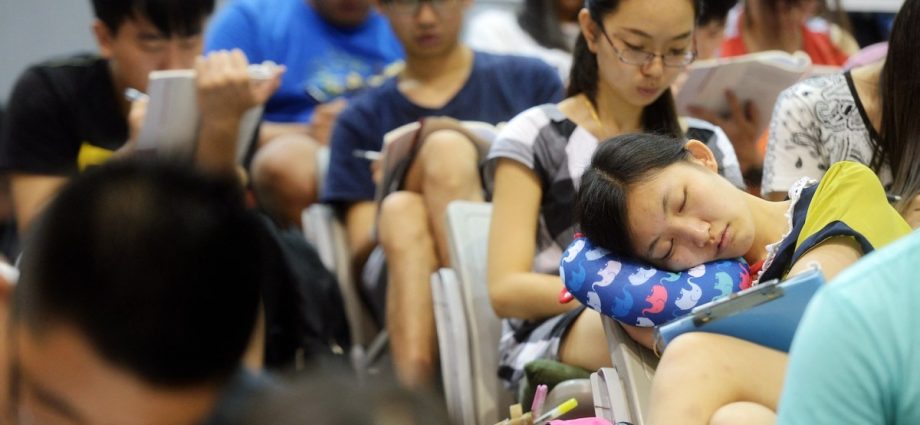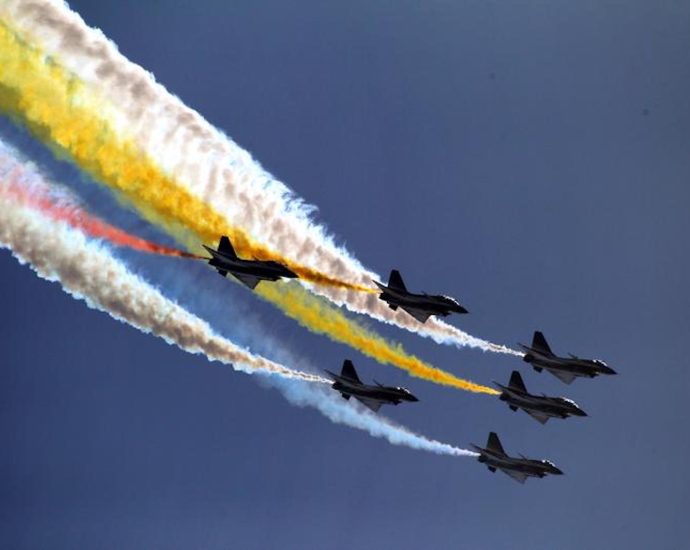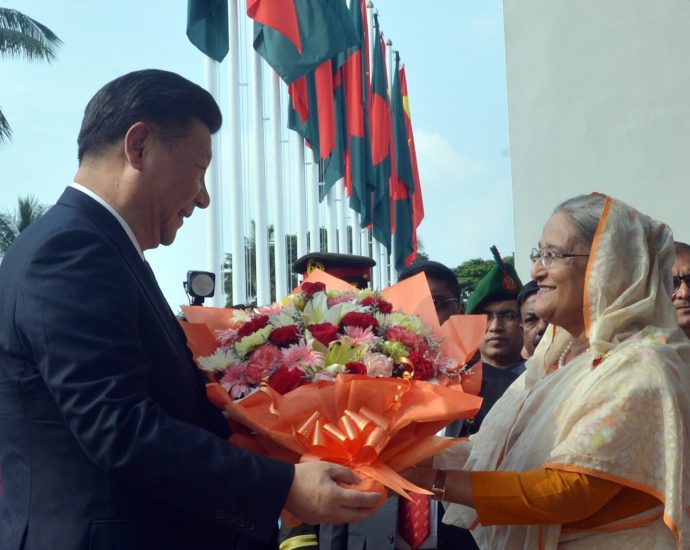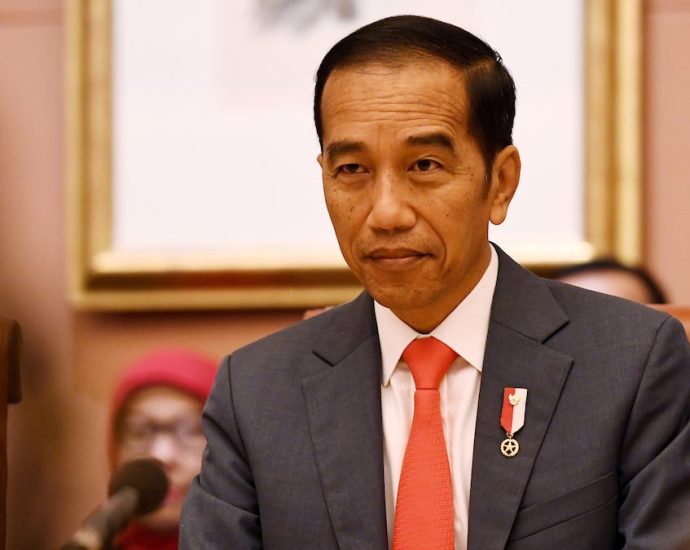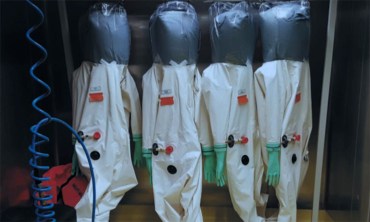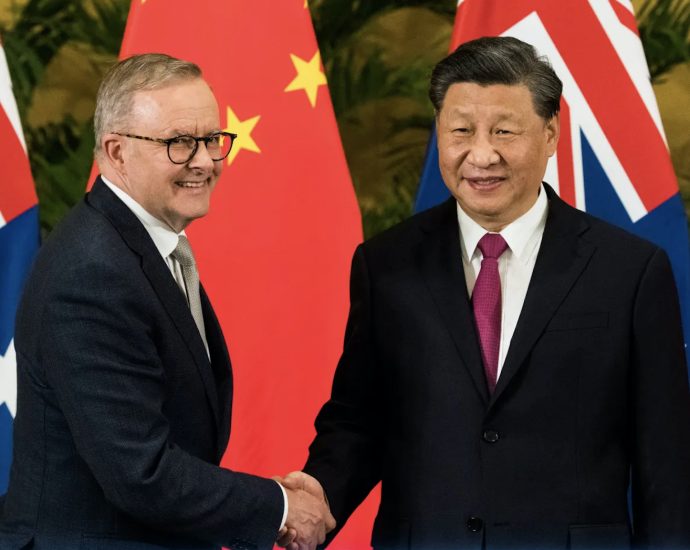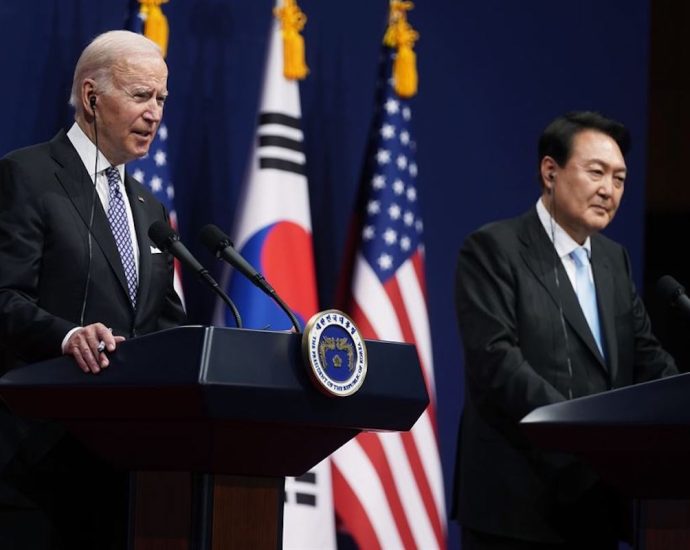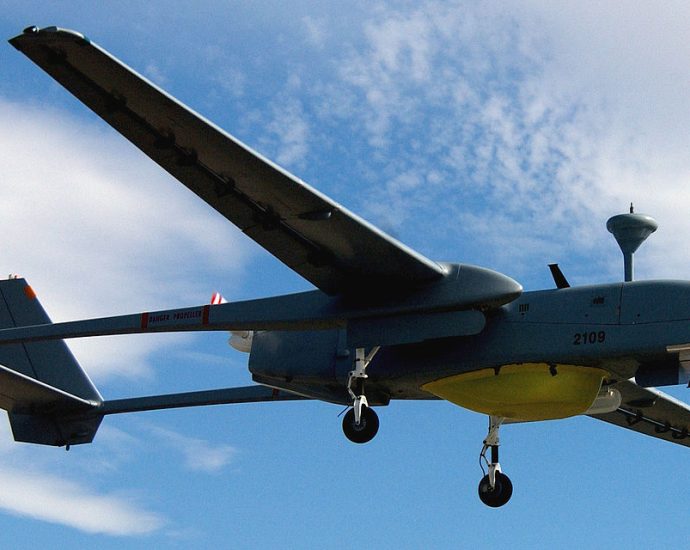Youthsâ desperate âfour noâ attitude worries China
The Chinese government is being called upon to take action to stimulate the economy and create jobs at a time when young people in substantial numbers have adopted an attitude that’s termed the “four nos”: no interest in dating, getting married, buying a home or having a child.
When National Bureau of Statistics spokesperson Fu Linghui said on June 15 that only about six million people between 16 and 24 in China were still searching for jobs, he did not count the 11.6 million new graduates about to enter the job markets.
His figure also excluded the many in their 30s who’ve been suffering from unstable income. Some of these people now refer to themselves as the youth of “four nos,” a trending term on the internet in China.
“A lot of people expect their partners to be homeowners, but property prices are really too high,” a 30-year-old man says in an interview with a video channel. “It’s not that I did not work hard – my hard work did not produce good results,” he says, adding that he has worked for a small food delivery firm in Beijing since 2020 but is owed 20,000 yuan (US$2,791) in service fees. A decade ago he could afford to date but now he can’t, he says, – and if he has children, they will suffer in this world.
The video was originally posted on a channel called “Under the Moonlight” on Bilibili, a Shanghai-based video-sharing website, in April. It was then blocked. It is still available on social media overseas.

Some young Chinese adopted a “lying flat” attitude a few years ago as they were suffocated by the societal pressures upon them to overwork and over-achieve in order to buy homes and have families. Now many are suffering from unemployment or unstable income and want to be free from financial burdens.
A document, reportedly issued by the Communist Youth League of Guangzhou City, says a recent survey interviewing 15,501 college students and young workers found that 1,215, or 8% showed characteristics of having the “four nos” attitude. It called on all parties in the society to try to change these youngsters’ attitude into “four wants.”
This came after the National Bureau of Statistics said on June 15 that the unemployment rate of people aged between 16 and 24 in China’s urban areas had reached 20.8% while that of those aged between 25 and 59 was 4.1% in May.
The Chinese Academy of Social Sciences’ Institute of Finance and Banking said in a report on Tuesday that many highly-educated young people could not find proper jobs as the property, internet and tutorial sectors have been hurt by the government’s regulatory rules in recent years.
“A series of tightening measures launched in 2021 has helped regulate the property, internet and tutorial sectors but at the same time hurt them seriously,” Zhang Chong, a researcher at the institute, said in a media briefing in Beijing on Tuesday. “Although the number of unemployed people in these sectors has fallen this year from 2022, it still stays at a high level.”
“Due to an industry upgrade, China’s labor market has undergone significant changes with a stronger focus on service industries and a decline in manufacturing jobs,” Zhang said. “This trend has hit many young people.”
He said many highly-educated young people found themselves mismatched with jobs in the market, where the emphasis is on technician skills, not academic results. Besides, he said, slowing economic growth, the delayed negative impact of the pandemic on the service sector and the use of robots and artificial intelligence also pushed up China’s jobless rate.

Zhang suggested that the government should use monetary and fiscal policies and supportive measures to boost the Chinese economy and create new jobs. He said it’s also important to support property developers and change the education system to help students fit into the job market.
Low fertility rate
China’s Ministry of Civil Affairs announced last month that a total of 6.83 million couples got married in 2022, a decrease of about 800,000 couples from 2021. The 2022 figure is also the lowest since 1986.
The number of couples getting married has been declining since 2014. It fell gradually from 13.47 million couples in 2013 to 9.47 million in 2019, and further down to 7.64 million in 2021.
He Dan, director-general of the China Population and Development Research Center, said China’s fertility rate fell to 1.07 last year from 1.52 in 2019. It means a woman only gives birth to about one child in her whole life. A threshold of 2.1 is required for an expansion of population.
China’s latest fertility rate is even lower than that of Japan, which fell for the seventh year to 1.26 in 2022. Population researchers said many young Chinese couples were scared off by the high costs of living and child-raising.
Back in mid-2021, the Chinese government encouraged young families to have three children by offering them tax exemptions, suppressing property prices and banning tutorial classes on holidays.
That last was supposed to cut down the advantage wealthier families had in paying for tutoring and thus in getting their kids into the top schools. Wealthy families can pay for tutorial classes with ease. Middle-class families can afford them but the competition is endless, like a nuclear arms race.

Now local in-person tutorials are banned and China-based tutors have no jobs. Wealthy families pay overseas tutors for online classes.
The measures failed to prevent China from experiencing in 2022 the first decline in its population in 61 years. China’s population decreased by 850,000, or 0.06%, to 1.412 billion at the end of last year from a year earlier, the National Bureau of Statistics (NBS) said in January this year.
China lost its title of the world’s largest population to India, which saw its population increase by 9.6 million, or 0.68% year-on-year, to 1.417 billion last year.
The ‘four wants’
Some netizens say the government and party are not giving what young people want. The demand is for dwellings, stable jobs and subsidies to raise families in urban areas but the authorities instead ask them to help upgrade the rural areas.
On February 20, for example, the Communist Youth League in Guangdong Province launched a three-year plan that aims to arrange 300,000 young people to work in rural areas between 2023 and 2025. It said it expects that 10,000 of them will continue to work in the rural places while 10,000 others will start businesses there.
A Chinese writer says in an article published on Wednesday that the Communist Youth League in Guangzhou wants young people to have a “four wants” spirit but he thinks chanting slogans is not helpful. He says it’s important for the government to understand why young people have a pessimistic sentiment.
Read: China’s demographic timebomb starts ticking down
Read: China needs its consumers to consume, workers to work
Follow Jeff Pao on Twitter at @jeffpao3

